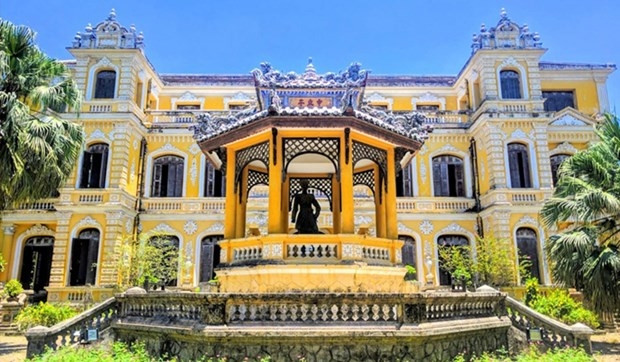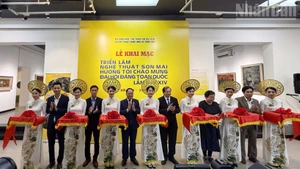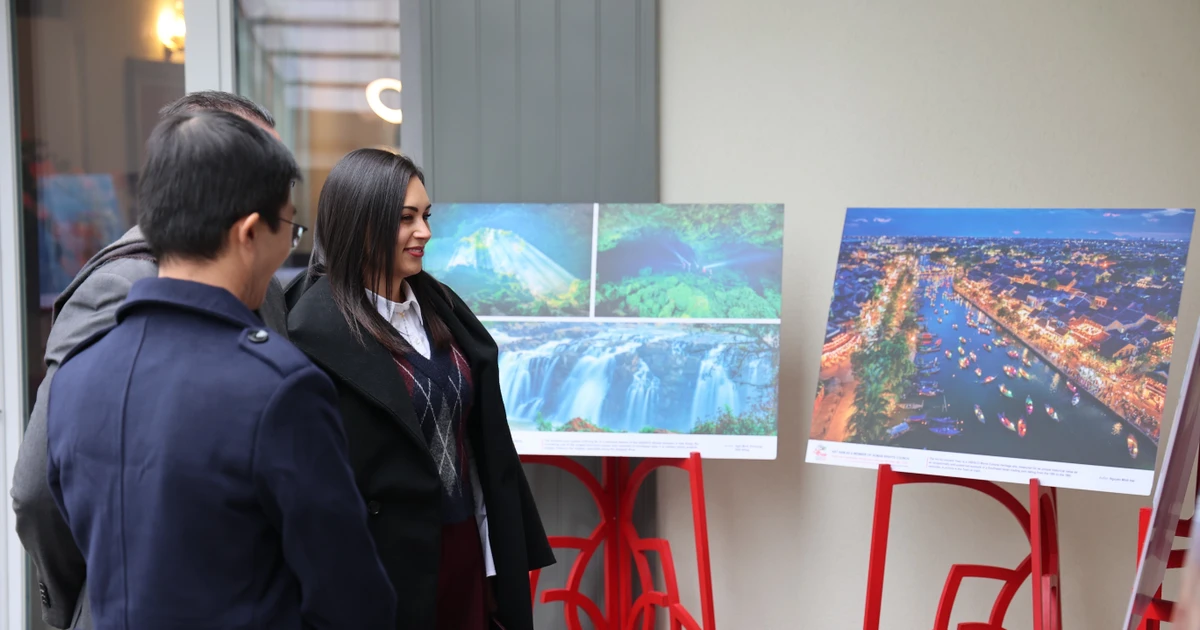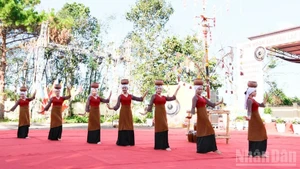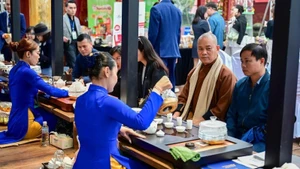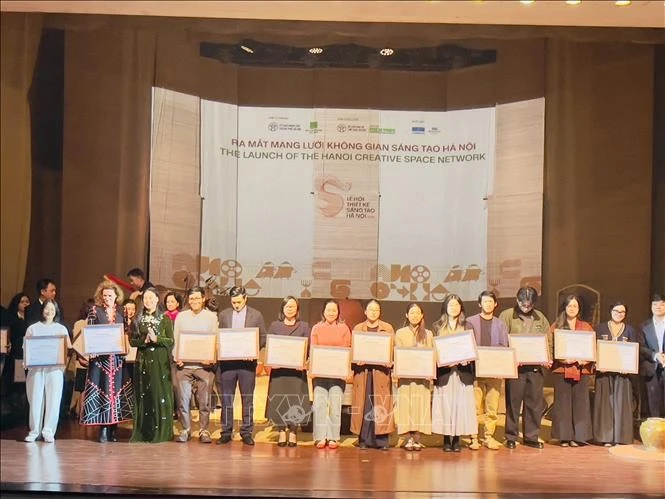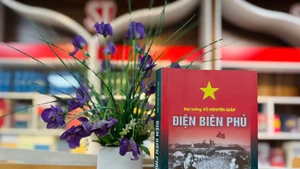The project aims to repair roof leaks, and minimise the risk of damage to other parts of the building, contributing to returning the inherent beauty of the palace and promote the overall value of An Dinh Palace relic.
The Hue Monuments Conservation Centre will be responsible for implementing the work.
An Dinh Palace, located at No. 97 Phan Dinh Phung Street in Hue city, is one of the buildings in the palace system from the Nguyen Dynasty. With an amalgamation of architectural features between Asia and Europe, An Dinh Palace is an architectural structure that is completely different from hundreds of relics in the complex of Hue monuments. It is a prime example of neoclassical architecture in Vietnam from the early 20th century.
The palace was originally known as Phung Hoa Palace - a wooden building located on the banks of the An Cuu River. Emperor Dong Khanh built An Dinh Palace in 1917 as a private palace for his eldest son, who later became Emperor Khai Dinh, to live in until the day he ascended to the throne.
Covering an area of 745 sq.m, the three-storey Khai Tuong Lau is the venue for annual cultural and art exchange, and Hue Festival. The outstanding value of the building is the painting art on the interior wall, and the embossed foil wall art in the exterior.
